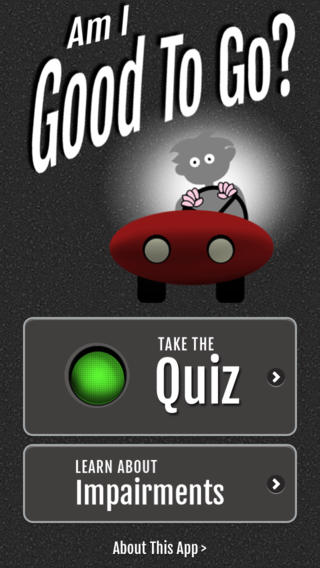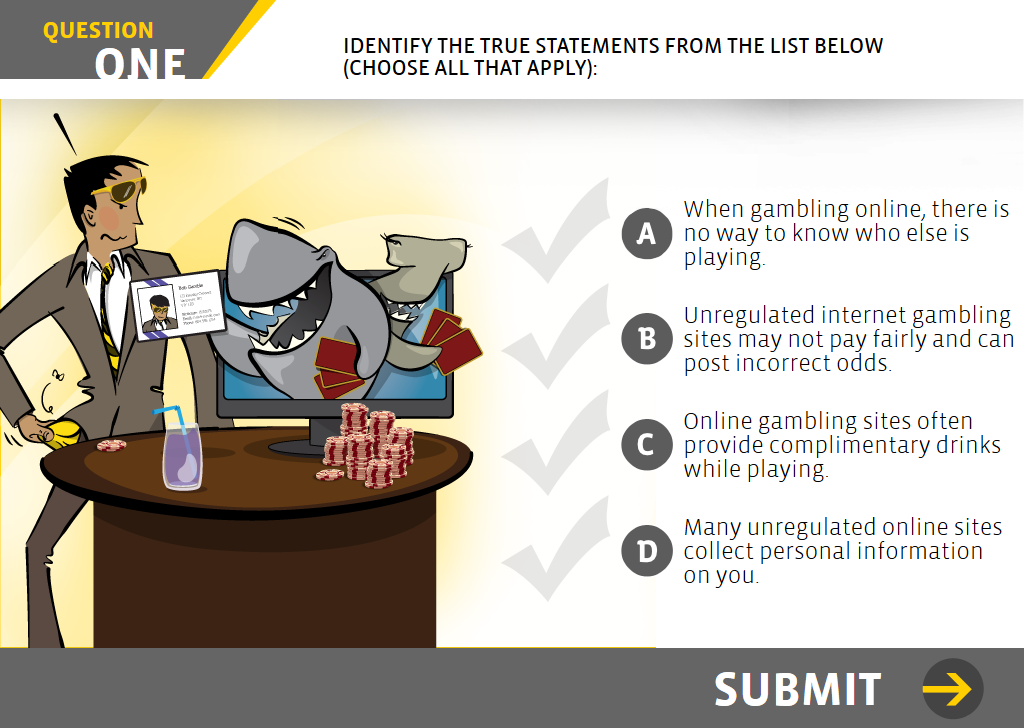Imagine you’re out enjoying a sunny patio at a pub with a few friends. You’re just about to finish your pint of beer and are really craving another one, but are trying to cut back on your drinking. You pull out your phone and open up an app that reminds you your goal for the week is to not have more than two standard drinks per day, and that pint you punched into the tracker was actually 1.7. You pause for a moment, then take a look at coping strategies you’ve tracked over the past few weeks to help deal with the desire to drink. One you’ve found particularly effective is treating yourself to a fancy booze-free cocktail while out with friends, so you order one of those instead of another beer.
Given our society’s increasing tech obsession, it’s no surprise that harm-reduction tools have made their way into the digital realm. Here are three helpful Canadian web- or app-based harm-reduction tools we’ve come across in our travels (or, in one case, created ourselves). Are there others you’d like to add? Share them with us!
 Saying When: How to quit drinking or cut down: This app was designed by the Centre for Addiction and Mental Health. It’s the app I basically described above: it starts by asking you some questions about your drinking habits, the impacts of your drinking and goals you would like to set for yourself, then reminds you of Canada’s low-risk drinking guidelines. You can then track both your drinks and urges to drink, document effective coping strategies and access other information on tips for meeting your goals or accessing more help if you feel you need it. It actually reminds me of some popular fitness tracker apps that are available these days.
Saying When: How to quit drinking or cut down: This app was designed by the Centre for Addiction and Mental Health. It’s the app I basically described above: it starts by asking you some questions about your drinking habits, the impacts of your drinking and goals you would like to set for yourself, then reminds you of Canada’s low-risk drinking guidelines. You can then track both your drinks and urges to drink, document effective coping strategies and access other information on tips for meeting your goals or accessing more help if you feel you need it. It actually reminds me of some popular fitness tracker apps that are available these days.
 Good to Go? This app was developed as part of our Drugs and Driving website, which is aimed at helping young people to make informed decisions about getting behind the wheel after using a substance. The app includes a brief quiz that asks you questions about things like your mood, what substances you’ve used and how long ago you used them and then lets you know if you are “good to go” or not. But it is really designed more as a fun educational resource with embedded videos and factual content than as a real-time screening tool. It builds awareness about how different substances and other factors can impair your driving in different ways.
Good to Go? This app was developed as part of our Drugs and Driving website, which is aimed at helping young people to make informed decisions about getting behind the wheel after using a substance. The app includes a brief quiz that asks you questions about things like your mood, what substances you’ve used and how long ago you used them and then lets you know if you are “good to go” or not. But it is really designed more as a fun educational resource with embedded videos and factual content than as a real-time screening tool. It builds awareness about how different substances and other factors can impair your driving in different ways.
 Gam_iQ: This quiz website is one of BC Responsible Gaming‘s prevention efforts. Answer the questions to find out how much you know about gambling, how to gamble responsibly and the resources available if you are a problem gambler. It’s also aimed at younger folks and initially launched with a chance to win a post-secondary scholarship. While the prize has already been awarded, it’s a brief and interactive way to get people thinking about gambling responsibly. The website also contains lots of other online tools aimed at different age groups or demographics.
Gam_iQ: This quiz website is one of BC Responsible Gaming‘s prevention efforts. Answer the questions to find out how much you know about gambling, how to gamble responsibly and the resources available if you are a problem gambler. It’s also aimed at younger folks and initially launched with a chance to win a post-secondary scholarship. While the prize has already been awarded, it’s a brief and interactive way to get people thinking about gambling responsibly. The website also contains lots of other online tools aimed at different age groups or demographics.
If you have found any other harm-reduction apps, websites or digital tools, we would love to hear about them!
Author: Amanda Farrell-Low, Research Assistant: Social Media, Centre for Addictions Research of BC
**Please note that the material presented here does not necessarily imply endorsement or agreement by individuals at the Centre for Addictions Research of BC



